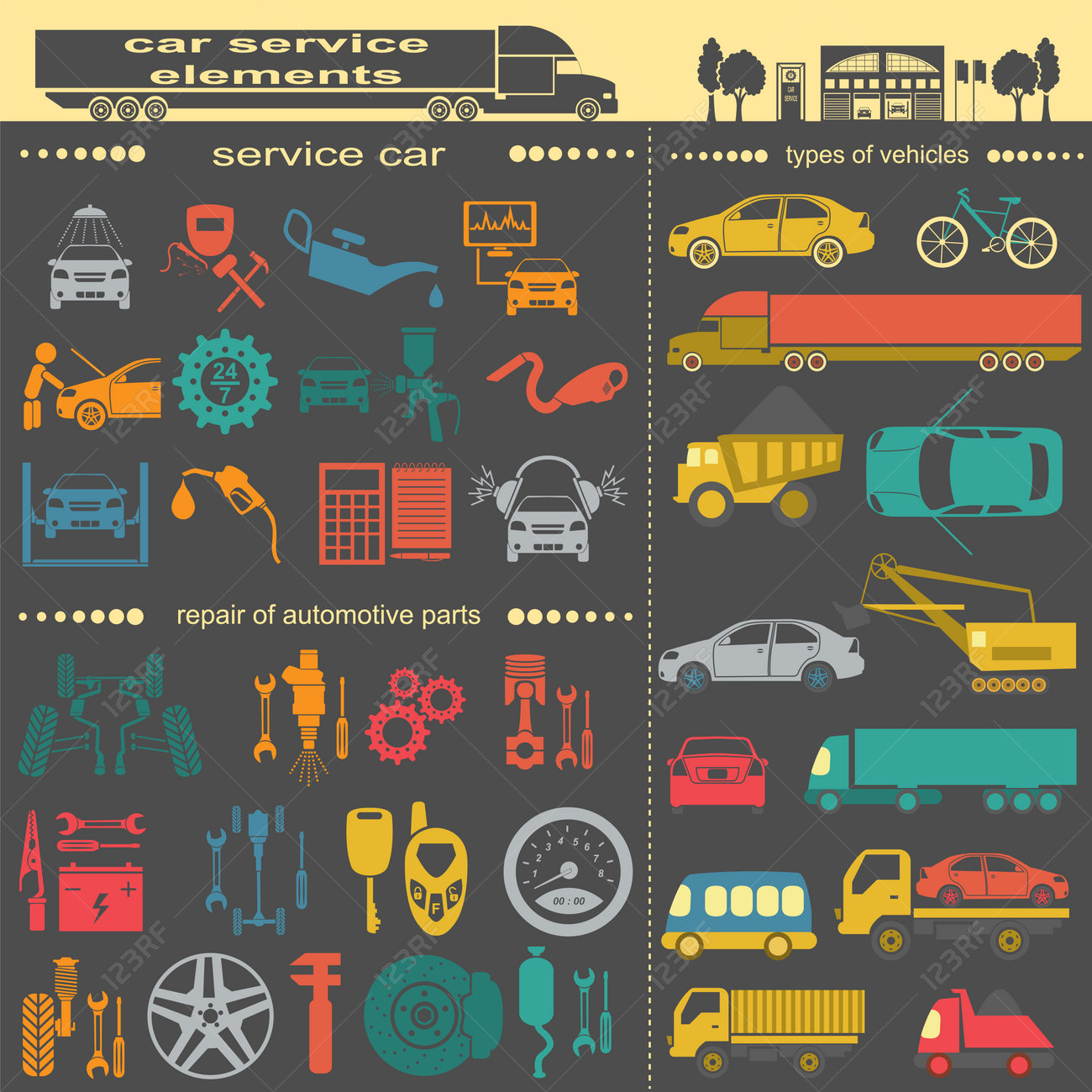Wish To Learn More Regarding The Warning Lights On Your Control Panel? Reveal What They Indicate Regarding Your Automobile'S Health And Wellness
Wish To Learn More Regarding The Warning Lights On Your Control Panel? Reveal What They Indicate Regarding Your Automobile'S Health And Wellness
Blog Article
car wax auckland Produced By-Lim Winters
When you lag the wheel, those glowing caution lights on your dashboard can be a bit difficult. Do you know what they're trying to tell you concerning your automobile's wellness? Recognizing the importance of these lights is crucial for your safety and security and the durability of your vehicle. So, the next time one of those lights appears, would not you want to analyze its message properly and take the required steps to resolve it?
Common Warning Lighting and Interpretations
Determine common caution lights in your vehicle and understand their definitions to ensure risk-free driving.
One of the most common caution lights include the check engine light, which signals problems with the engine or emissions system. If this light begins, it's important to have your vehicle inspected quickly.
The oil pressure warning light shows low oil pressure, calling for instant attention to prevent engine damages.
A flashing battery light might suggest a damaged billing system, possibly leaving you stranded if not addressed.
The tire pressure monitoring system (TPMS) light notifies you to low tire stress, influencing vehicle stability and gas effectiveness. Ignoring this might cause harmful driving problems.
boat detailing auckland suggests an issue with the anti-lock braking system, compromising your ability to stop promptly in emergencies.
Finally, the coolant temperature level warning light warns of engine overheating, which can cause serious damages otherwise settled promptly.
Recognizing these usual caution lights will assist you resolve issues without delay and keep secure driving conditions.
Significance of Prompt Attention
Understanding the usual caution lights in your cars and truck is only the initial step; the significance of quickly attending to these warnings can not be stressed enough to ensure your security when driving.
When Suggested Web site illuminates on your dashboard, it's your cars and truck's means of communicating a possible problem that needs interest. Overlooking https://paultan.org/2022/03/25/proton-spare-parts-shortage-fix-fast-moving-and-accident-repair-parts-to-be-stocked-up-by-end-of-june/ can bring about a lot more extreme problems down the road, compromising your safety and potentially costing you much more out of commission.
Trigger attention to warning lights can prevent malfunctions and mishaps. For example, a blinking check engine light might show a misfire that, if left unattended, might cause damage to the catalytic converter. Resolving this promptly can conserve you from a costly repair.
In a similar way, a brake system advising light might indicate low brake liquid or used brake pads, important components for your safety when driving.
Do It Yourself Troubleshooting Tips
If you discover a caution light on your dashboard, there are a couple of DIY fixing pointers you can attempt before seeking professional help.
The first step is to consult your automobile's manual to comprehend what the particular warning light suggests. Often the issue can be as simple as a loose gas cap setting off the check engine light. Tightening up the gas cap may resolve the issue.
One more common problem is a low battery, which can cause different warning lights. Examining the battery connections for corrosion and guaranteeing they're secure could fix the trouble.
If a warning light continues, you can try resetting it by disconnecting the cars and truck's battery for a few minutes and then reconnecting it. Furthermore, inspecting your lorry's fluid levels, such as oil, coolant, and brake liquid, can help fix alerting lights associated with these systems.
Final thought
Finally, recognizing your car's caution lights is crucial for maintaining your car running efficiently and securely. By quickly dealing with these informs and recognizing what they imply, you can prevent costly fixings and possible breakdowns.
Remember to consult your car's manual for particular information on each alerting light and take action as necessary to guarantee a hassle-free driving experience.
Stay informed, remain safe when traveling!
